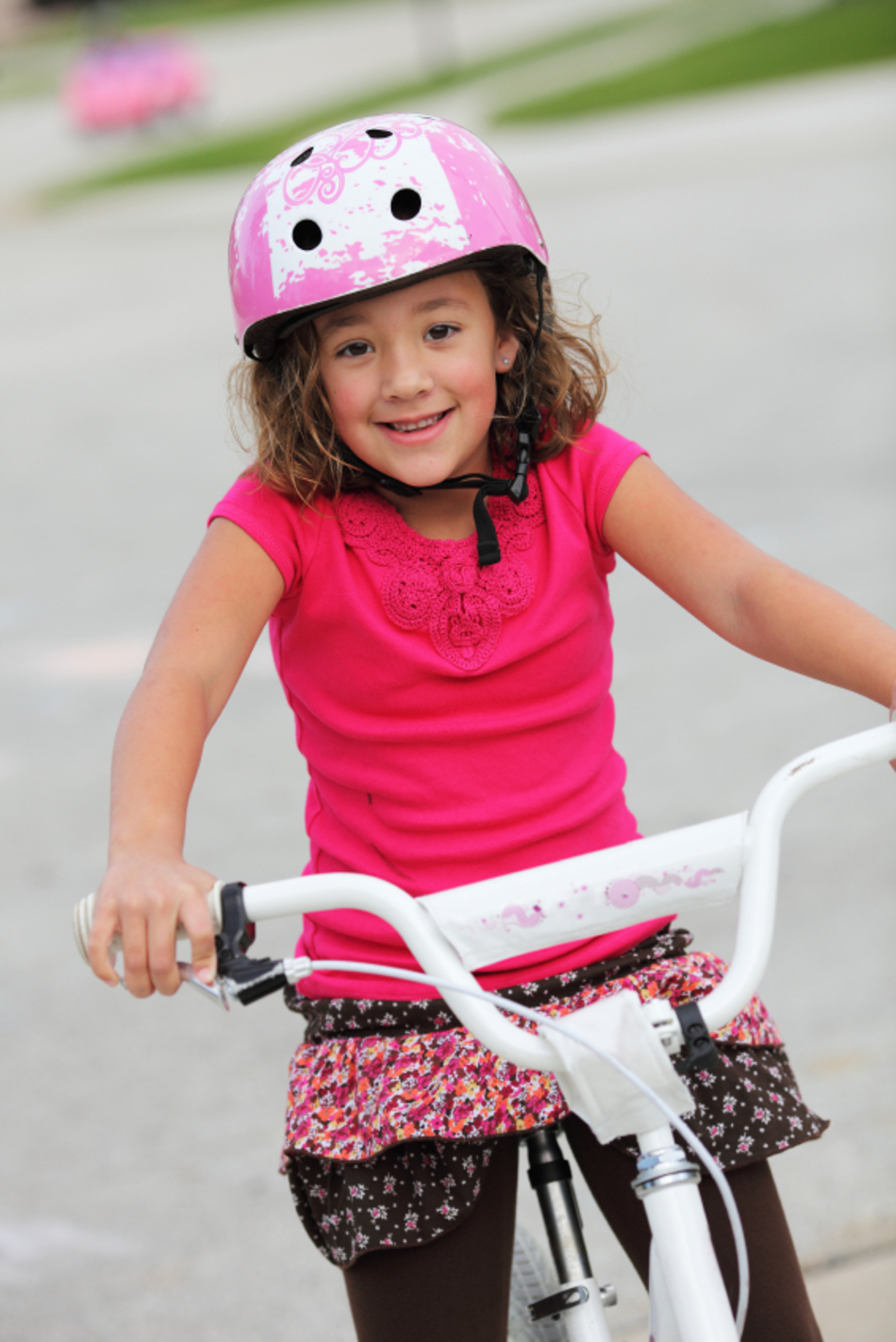
Episode Transcript
Dr. Gellner: All right, kids. You only have one head, so you better protect it when you're riding your bike, your scooter or your skateboard. We're going to talk about bike safety and helmets next, on The Scope.
Announcer: Medical news and research from University of Utah physicians and specialists you can use for a happier and healthier life. You're listening to The Scope.
Dr. Gellner: One thing I talk about at every well child visit is bike safety, and the big question I ask is, "Do you wear a helmet?" About 50% of the time, the answer is no. Why don't kids like wearing helmets? Well, first off, it's not really cool. It messes up their hair. They don't want to look like a freak wearing a little kid helmet when they're 12. But the bottom line is: Helmets do their job. They protect kids' heads from head injuries. I have seen head injuries from kids not wearing helmets who've gotten hit by cars, and it's devastating. These are kids who do not have a normal life anymore. So, I always tell the kids, "You've got two arms, you've got two legs, so you've got a spare of each, but what happens if something happens to your head? You don't have a spare head." More children aged 5 to 14 seen in emergency rooms for injuries related to biking than any other sport. Football, soccer, concussions, all that stuff, not even close to the number of head injuries due to bike riding. Helmets can reduce the risk of severe head injury and brain injury by 88%. But again, only 45%
of children 14 and under usually wear their bike helmet, and that is corresponding to what I find in my office. So when it's time to purchase a bike helmet for your kid, there's a couple things you can do. The big one is make sure they get a choice; they get to pick out their helmets. There's some really cool helmets out there. My son has one with flames on it. It's not just the boring ones. Have your child just get a plain white one or black one and put stickers on it. Do things like that so it makes your child's his or her own helmet; he or she's going to be more likely to wear it. You want to make sure that your child's helmet fits good. That will also encourage them to wear it, because nobody wants to wear something that's squeezing their head tight. If you have questions about how a helmet should fit, ask somebody at a local bike shop. They're going to be able to help you pick out a good, safe helmet and also make sure that it fits your child properly so it can do its job. What's another thing you can do to make sure your child wears his or her helmet?
Wear yours. You'd be surprised how much kids learn from watching you, so it's really extra important for parents to model the proper behavior, no matter what it is: helmet wearing, fruits and vegetables, anything like that. They're going to look to you to see what do you do? The other thing that's really interesting is kids aren't really sure how fast they're going until an accident happens. So, being sure that you have your proper gear, if something does happen, they'll be protected. Another thing is, if your child's resistant to wearing their helmet, point out all the people, whether they're other kids on bikes, or adults on motorcycles, point out when you see somebody wearing their helmet. It will be amazing how many times you see somebody wearing a helmet and you point it out to your kids. They're like, "Oh, OK. Maybe I should wear mine." By reinforcing what a smart choice other people are making, it's going to be more likely that your child makes the smart choice, too. So, the bottom line is making sure your child wears a helmet. Again, doesn't matter what sort of wheeled activity they're doing: the ATV, a bike, a scooter, a skateboard, inline skates, by taking a couple extra steps and making sure they wear their helmet, you're going to protect their life. Make sure they understand that, because you're doing it for their best interests.
Announcer: We're your daily dose of science, conversation, medicine. This is The Scope. University of Utah Health Sciences Radio.